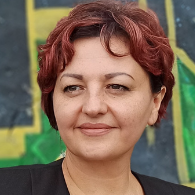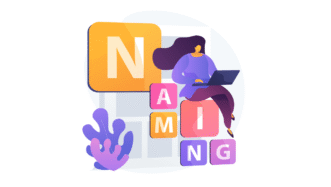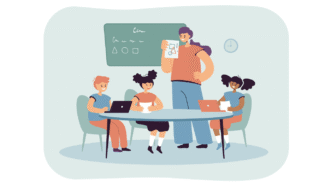LESSON OVERVIEW
This ESL lesson gives students the opportunity to learn useful phrases to talk about memory, watch a video, learn facts on how our memory works and have a fascinating discussion.
WARM-UP & VOCABULARY
The lesson starts with a fun warm-up in which students look at the picture for 30 seconds and remember as many things as possible. After that, they list the things they can remember. Students talk about what helped them and discuss more things related to memory. Then, students move on to a vocabulary part of the lesson. First, they read some facts about memory and complete them with one word each. Students also discuss these facts and say which of them might be useful for them when learning English. Then, students match the facts with follow-up statements. The follow-up statements include useful phrases to talk about memory (e.g. on the tip of your tongue, ring a bell, slip your mind, etc.).
PRACTISING PHRASES TO TALK ABOUT MEMORY
In this part of the lesson, students watch a video and practise the vocabulary. First, they complete the sentences so that they are true for them. They can also go into detail and ask each other follow-up questions. Then, students watch a video about memory and make notes. After that, students discuss the questions about tricks that memory plays on people and other things related to the topic. Students also read the text about the Mandela Effect and fill in the gaps with one word. Then, students look at some comments and choose the right word to complete functional language phrases to talk about memory. As a final activity, students look at the sets of pictures and discuss questions.
HOMEWORK/REVISION
This lesson also includes an additional task that you can use as homework or revision. In the task, students practise the use of the vocabulary from the lesson, including the phrases to talk about memory. The task is available in the teacher’s version of the worksheet. You can print it and hand it out to your students. It’s also included in the e-lesson plan.
Subscribe to unlock these and many other Standalone lesson with the Premium planWORKSHEETS















The Mandela Effect complete each gap with one word exercise was really tricky for my students! I think it would have been slightly better if a word key had been supplied that the students could choose from. Even when I gave them the possible words, it was difficult.
Thank you for your feedback!
Our goal was to include exam practice activities, hence this format of the task (open cloze). As you might know, this type of exam task happens to be quite challenging for students who take exams CAE, for example, so it might be the reason why your students didn’t find it that easy. Each classroom is different and we’re trying to create materials that could cater for the needs of as many classrooms as possible. Since you know you students better than anyone else, you can find the best way to address the challenges they face in class. It’s great that you decided to modify this task and provide possible answers.
Having said that, we’ll take your feedback into account and try to make sure we provide extra support for teachers in cases like this one 🙂
What a great lesson! I used it for my Transitions Conversation class. The students really enjoyed the “thinking” questions that required them to access and talk about their own memories. I prepared study guides with vocabulary and idioms to support our discussion.
Thank you for sharing this feedback! We’re happy to know you and your students enjoyed this lesson 🙂